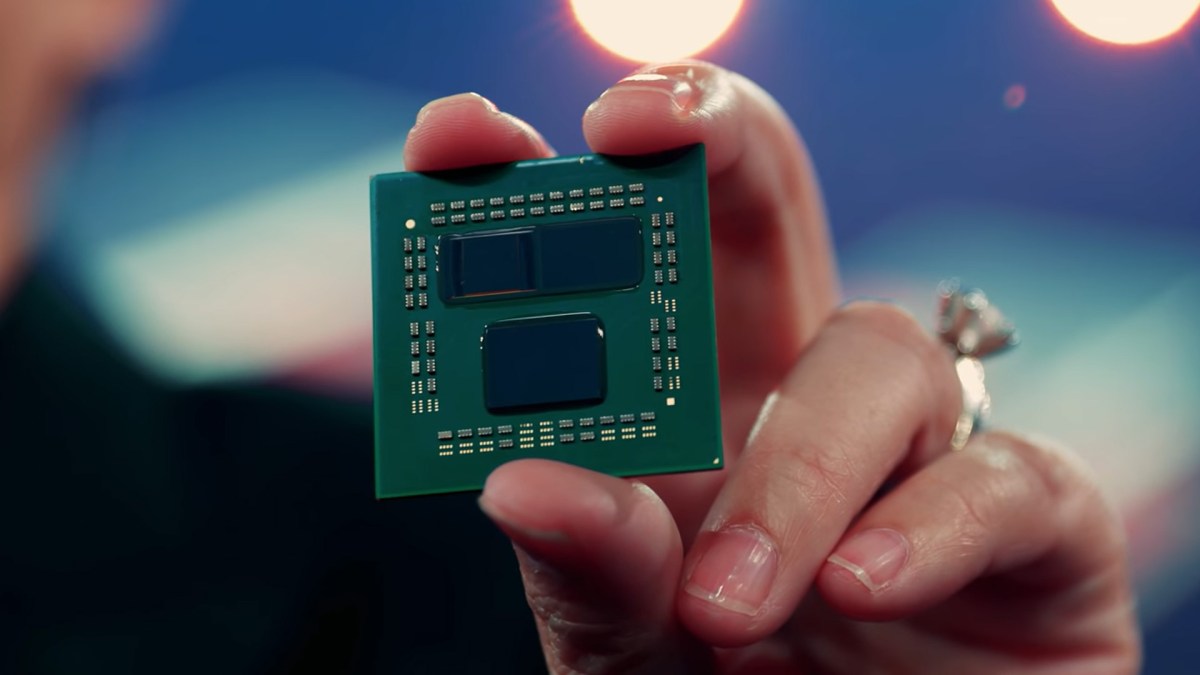AMD made some headlines this week at Computex 2021 when it revealed a Zen 3 Ryzen 5900X processor with 3D stacked L3 cache that offered a huge boost in gaming performance. During the presentation, AMD CEO Lisa Su confirmed that Ryzen chip production with this packaging solution would begin later this year, but didn’t share a whole lot in terms of details.
Today we got some answers by way of Dr. Ian Cutress who’s known for his work at AnandTech and top industry connections. AMD responded to him directly, confirming that Ryzen Zen 3 products featuring the 3D stacked L3 cache will launch to consumers on high-performance computing products. This means we can expect an average uplift in gaming performance of about 15% when these products arrive. Before you jump for too much joy though, take note of AMD’s distinction that the stacked L3 cache will arrive in “high performance” products. Considering that AMD showed off a 5900X with this solution, only the top Ryzen CPUs might get the L3 cache packaging tech.
So, Zen 3+ still? Ryzen 6000?
This statement seems to confirm that some sort of Zen 3 refresh is indeed on the way, but that it may be entirely different than what was previously rumored and reportedly cancelled. This news didn’t leak prior to the presentation though, so it seems AMD kept the development of this project properly under wraps for once. It’s hard to say whether AMD cancelled its previous plans for this new design to take over the refresh, but this is what we’re getting either way.
This news is huge in the world of CPU engineering, as 3D stacking techniques have been talked about for years, but never implemented in consumer grade CPUs as far as we are aware of. AMD will be the first to sell such a product, adding this to its award for bringing chiplets to consumer CPUs. This method of 3D packaging is also made possible by TSMC, which handles all of the advanced manufacturing for AMD. So, credit where credit is due.
Intel is also working on more complex methods of 3D stacking though, so it will be interesting to see if Team Blue releases anything in the next several years. Stacked L3 cache is far less complex compared to stacked cores, for instance, but AMD is making progress regardless.
This news along with the update from TSMC that it will replace 7nm with 6nm indicates that AMD could have a strong Zen 3 refresh in the works mainly thanks to the stacked L3 cache. We’ll have to wait to learn more, but products may hit shelves in late 2021, though most likely early 2022.







Published: Jun 2, 2021 05:15 pm